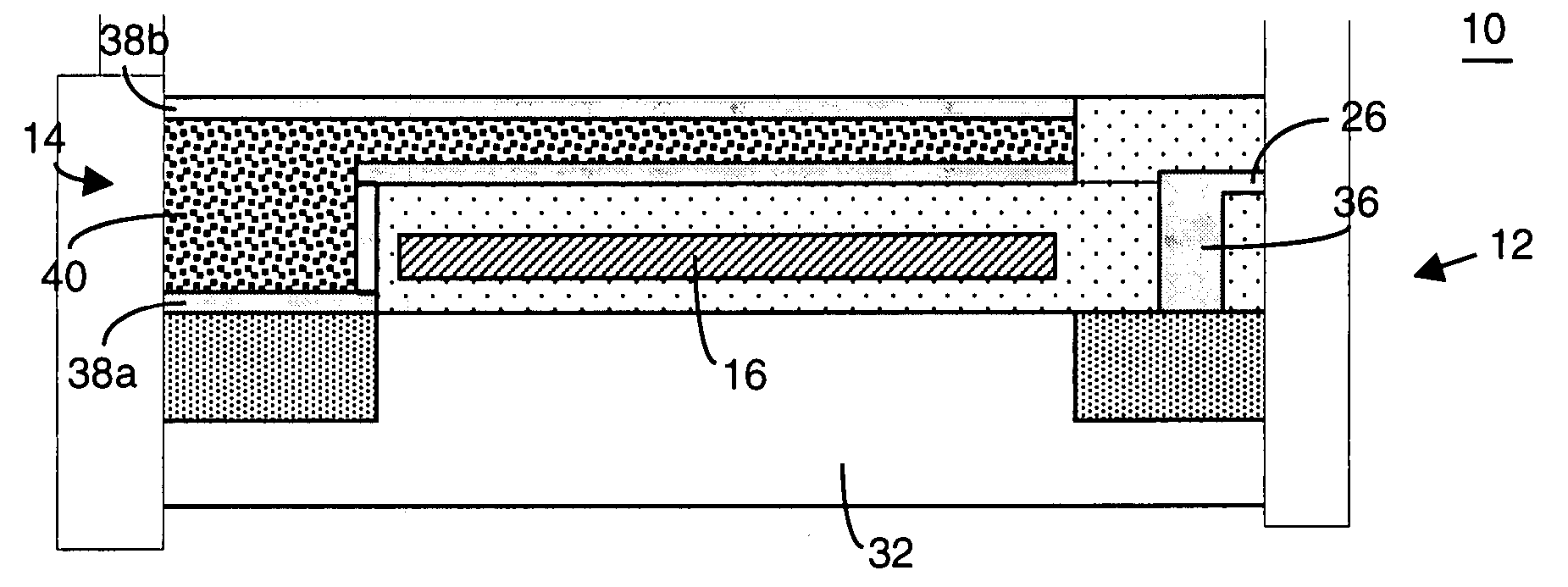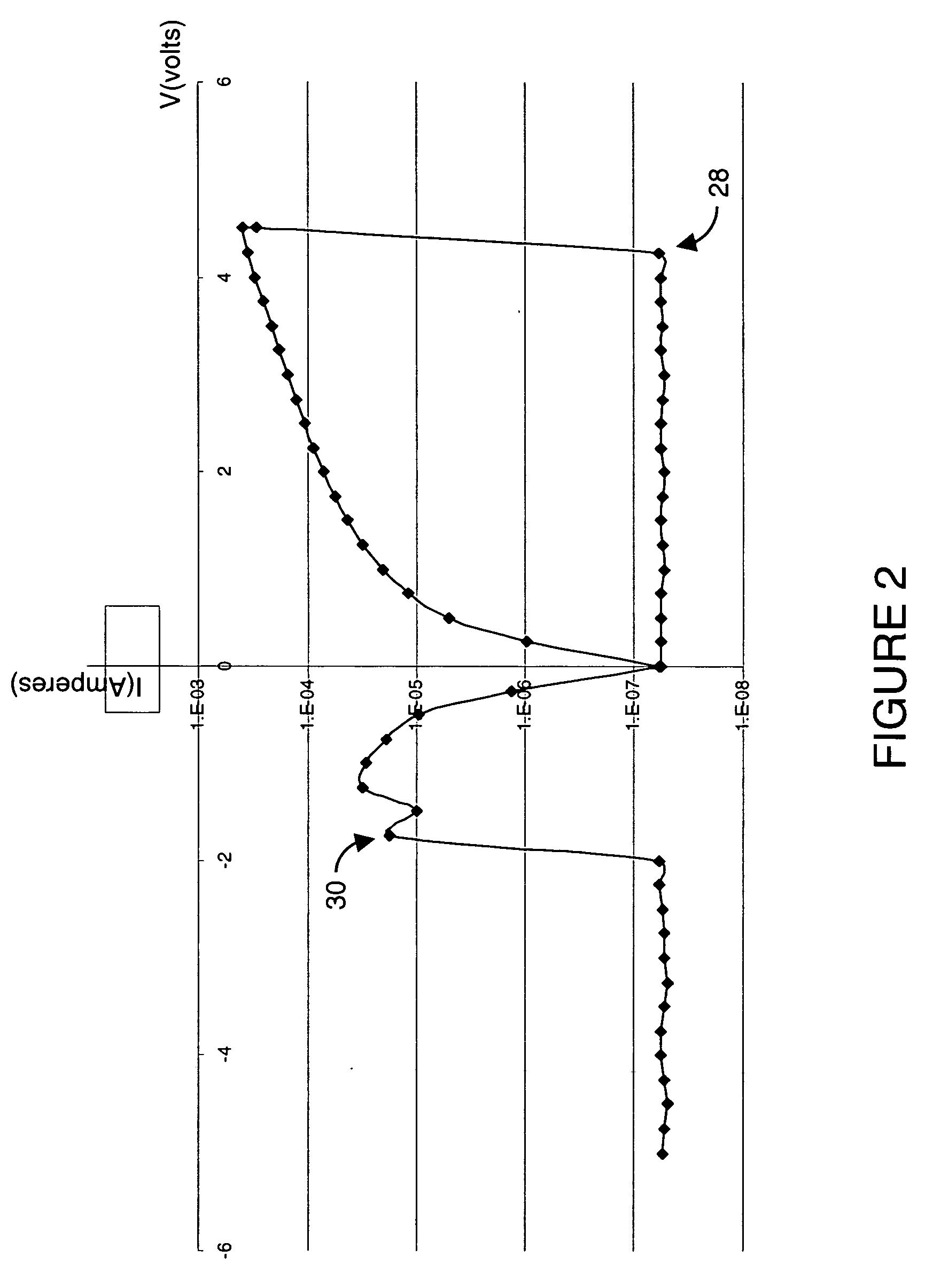Memory cell having an electric field programmable storage element, and method of operating same
a memory cell and electric field technology, applied in the field of memory cells, arrays and/or devices, can solve the problems of heat dissipation, timing, power consumption, complex architecture, etc., and achieve the effects of reducing the cost of manufacturing, and improving the efficiency of the storage devi
- Summary
- Abstract
- Description
- Claims
- Application Information
AI Technical Summary
Benefits of technology
Problems solved by technology
Method used
Image
Examples
Embodiment Construction
[0072] In a first aspect, disclosed is a memory cell having an access transistor and an electric field programmable bi-stable element. The access transistor may be a (N-channel or P-channel) MOSFET transistor having a gate, source or drain region coupled to the electric field programmable bi-stable or multi-stable element (hereinafter collectively, “electric field programmable bi-stable element”, unless expressly indicated otherwise). The access transistor facilitates selective and controllable programming and reading of the electric field programmable bi-stable element.
[0073] In one embodiment, the electric field programmable bi-stable element provides two or more different resistance characteristics; each resistance characteristic is representative of one data state (for example, an analog or digital state). The electric field programmable bi-stable element may be comprised of one or more electric field programmable films including an electron donor and / or an electron acceptor an...
PUM
 Login to View More
Login to View More Abstract
Description
Claims
Application Information
 Login to View More
Login to View More - R&D
- Intellectual Property
- Life Sciences
- Materials
- Tech Scout
- Unparalleled Data Quality
- Higher Quality Content
- 60% Fewer Hallucinations
Browse by: Latest US Patents, China's latest patents, Technical Efficacy Thesaurus, Application Domain, Technology Topic, Popular Technical Reports.
© 2025 PatSnap. All rights reserved.Legal|Privacy policy|Modern Slavery Act Transparency Statement|Sitemap|About US| Contact US: help@patsnap.com



